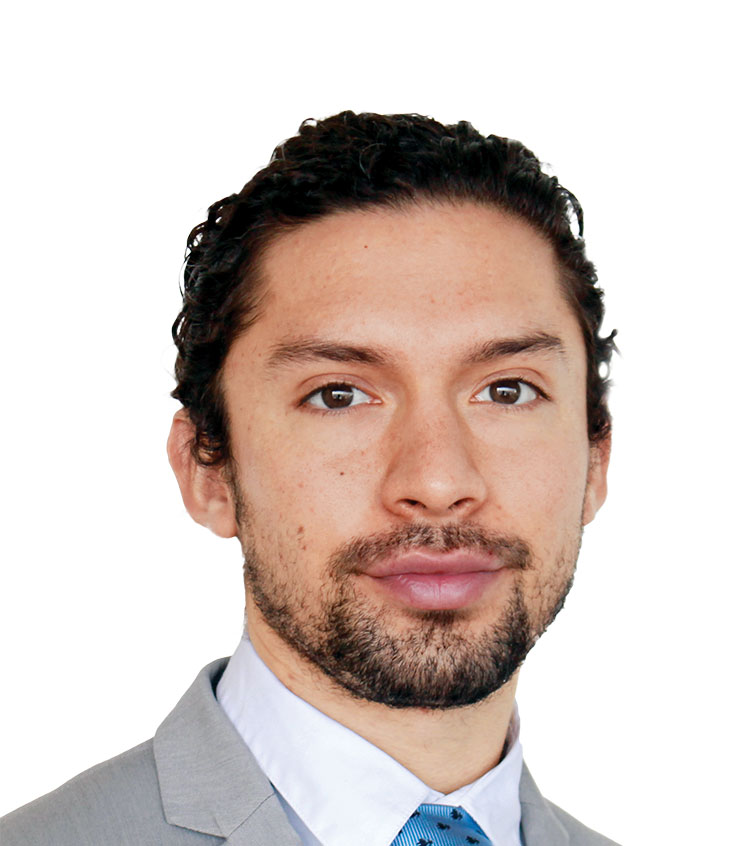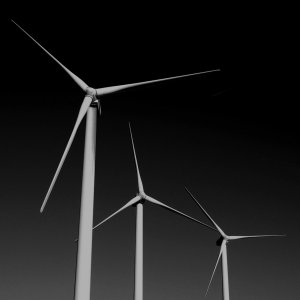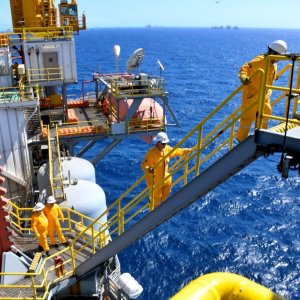
How To Maintain Mexico’s Production Platform
 By Alfonso Núñez | Journalist & Industry Analyst -
Wed, 11/10/2021 - 12:34
By Alfonso Núñez | Journalist & Industry Analyst -
Wed, 11/10/2021 - 12:34
You can find CCE's presentation here. In addition, you can find CONCAMIN's presentation here and COPARMEX's presentation here.
As the second year of the pandemic starts to come to a close, the impact COVID-19 has had on the Mexican economy is switching its focus. While 2020 saw a drop in GDP of 8.3 percent—about twice the global average—the nation’s effective vaccination campaign is not only beginning to contain the virus but the impact on the economy, as well. Mexican companies are no longer focusing entirely on how they will make it through this difficult time but instead how to adjust to a new normality to see a return to increased productivity and revenue.
Carlos Salazar, President, CCE, believes this is a time to analyze and reflect on the importance of value chains and the optimization of Mexico’s production platform, with the end goal of boosting development and growth in the automotive industry. During the 2021 International Congress for the Automotive Industry in Mexico (CIIAM), Salazar congratulated the Mexican automotive industry’s resilience over the past 18 months, despite ongoing challenges, and called for strengthening competition and productivity across North America, supported by USMCA. Particularly, the restructuring of value chains due to a commercially displacing environment in China by way of the US represents a unique opportunity for Mexico, which companies should take advantage of.
Providing reassurance to foreign investors is “indisputable,” according to Salazar, as foreign investment plays a fundamental role in the automotive industry. A balance must be found between domestic development necessities and establishing an environment favorable for investment, while diversifying the sources of these investments. “As long as we take advantage of these spaces for trade and reflection to identify the opportunities of the Mexican automotive industry, we will approach a faster economic reactivation,” said Salazar.
José Abugaber, President, CONCAMIN, believes a recovery period for the Mexican automotive industry relies on creative and innovative actions taken by industry insiders. Over the last couple of days, Abugaber said, the industry has seen its exports hindered due to five factors: a lower growth level in the US, logistical problems in global chains, a global increase in raw material prices, conflicts between the US and China affecting high-technology manufacturing and the worldwide shortage of microchips.
“From a structural perspective, it is clear that the model of growth and development in Mexico is mainly powered by the growth in exports. But we cannot stop betting on a gradual recovery in the domestic market. For this reason, the promotion of both activities is necessary, with USMCA and other treaties as a key condition to maintain the industry harmonized,” Abugaber said.
German investors recently told COPARMEX that Mexico is considered the best Latin American country to invest in due to its talent, infrastructure, communication, culture of industry growth and proximity to the US, said José Medina, National Oresident, COPARMEX. To hold this position, the country was advised to focus on fostering national security, proper legal form for investment and not changing rules once they have been agreed upon. COPARMEX does not believe the proposed reform to increase governmental control over the energy sector and reduce foreign dependence on energy would help economic recovery as it could threaten the nation’s relation with foreign investors such as the US. A positive aspect of this correlation, Medina points out, is the recent recuperation in the US economy which could lead to a wave of recuperation for Mexico as well.
Regarding potential for recovery, Medina believes there are four types of companies in the market when faced with a period of hardships: the fragile ones that simply go bankrupt, the robust ones that resist and remain in the market, resilient ones that return to their pre-crisis levels and anti-fragile ones which take notice of the opportunities that arise due to the crisis and take advantage of them. To be an anti-fragile company, one must invest in renovation and innovation, Medina said, particularly after the Mexican government invested less than 1 percent of GDP in the economic reactivation. There is much companies can do to foster productivity and growth across industries despite the hardships the world continues to face, he said. “Against this reality of economic recovery, the great challenge will be to achieve a real economic growth starting in 2022,” Medina said.














